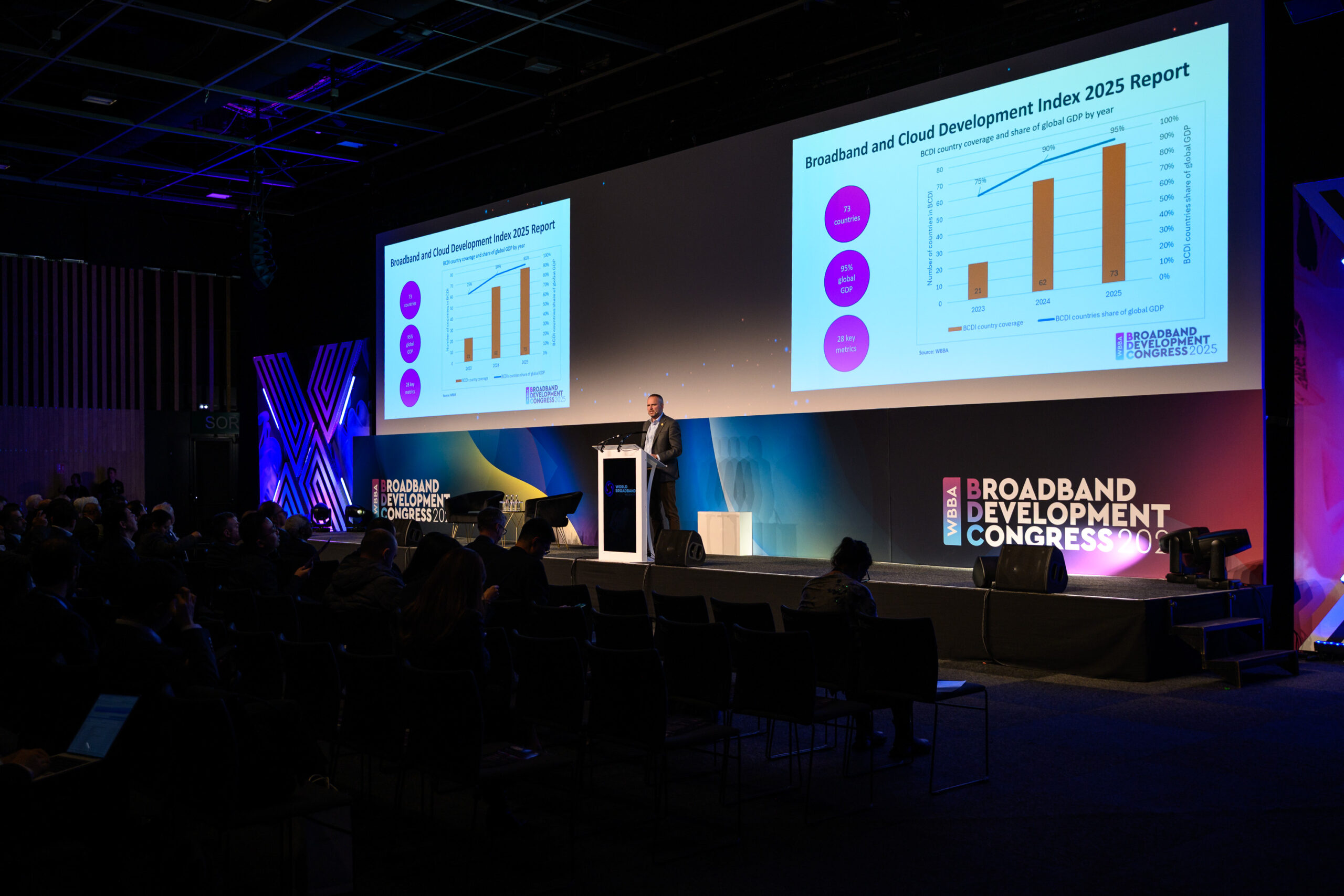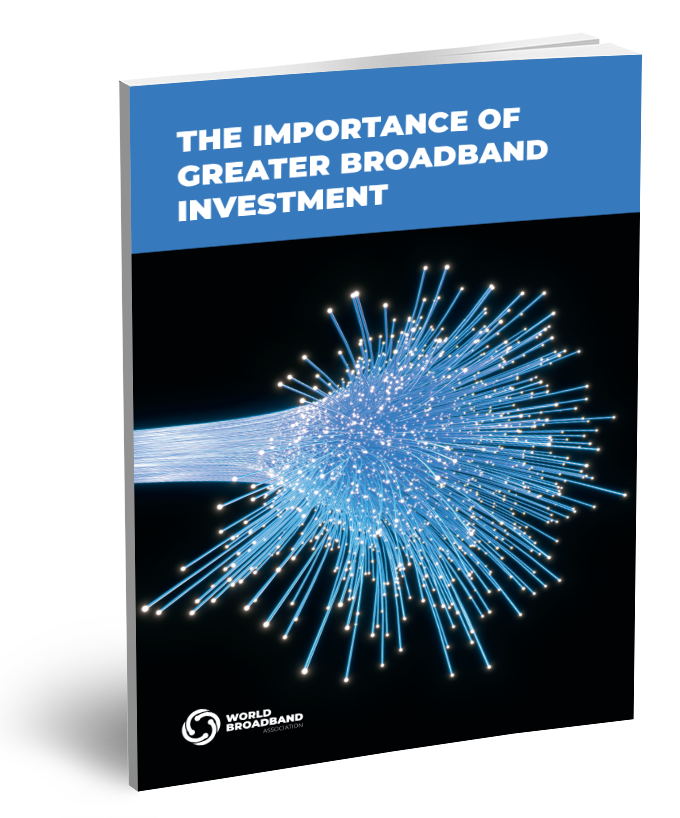
WBBA sets out guidance and benchmarks for AI, broadband and fibre prosperity at BDC 2025

Despite recent AI developments, concerns remain over current IP transport networking infrastructure and its ability to handle large volumes of traffic. However, by embedding AI models into all Net5.5G components, networking intelligence, automation, autonomy and intent-based networking can all be enhanced - while also addressing the infrastructure requirements to support effective AI workloads.
“The digital landscape is evolving, fueled by a strong synergy between AI and Broadband,” said WBBA Director General Martin Creaner. “As AI workloads and their inferencing capabilities expand at the edge, requiring high throughput, bandwidth, and performance, modernizing IP networks with Net5.5G becomes a vital choice for service providers. Our AI for Net5.5G and Net5.5G for AI report provides insightful guidance on how this can be achieved.”
At BDC in Paris, France, the updated Broadband and Cloud Development Index (BCDI 2025) was also presented to attendees. Assessing 73 countries which account for over 95% of the global GDP, the report qualifies and ranks the performance of fixed broadband and cloud markets to identify leaders and best practices. The report found the countries with the biggest improvement in rankings since 2024 were Italy, which moved up 14 places to rank 25th, and Switzerland, which climbed 10 paces to 12th.
As countries improve their broadband offerings, the WBBA has also published the Europe: Broadband Investment Guidebook to offer recommendations and guidance to investors and stakeholders regarding the key challenges facing the sector across the continent and how these can be overcome. It also examines the future outlook for wholesale broadband, and the opportunities this presents for operators.
Investment is also a key theme of the Fibre Development Index (FDI), which provides key benchmarks and an analysis of service development in terms of broadband speed subscriptions versus the overall quality of experience, based on Omdia’s analysis of Ookla Speedtest data. Covering countries and territories of varying sizes, demographics, and geographical profiles, the FDI details exactly how essential Gigabit broadband networks can be established for future growth and development, in an age where the digital divide in access to these high-quality services is increasing.
Additionally, as demand for ubiquitous communication grows, Voice over Wi-Fi (VoWiFi) is positioned to play a significant role in the evolution of mobile networks and in service providers’ voice service strategies. To achieve a good experience, many challenges, such as traffic competition and congestion, must be addressed. With this in mind, the WBBA has also published Test Analysis of WBBA & GSMA Voice over Wi-Fi, which details a VoWiFi proof of concept that demonstrated its quality of service even when 4G/5G cellular services are limited or absent.
To read all the whitepapers highlighted in this release, please visit the WBBA Knowledge Center on the organization’s website.
